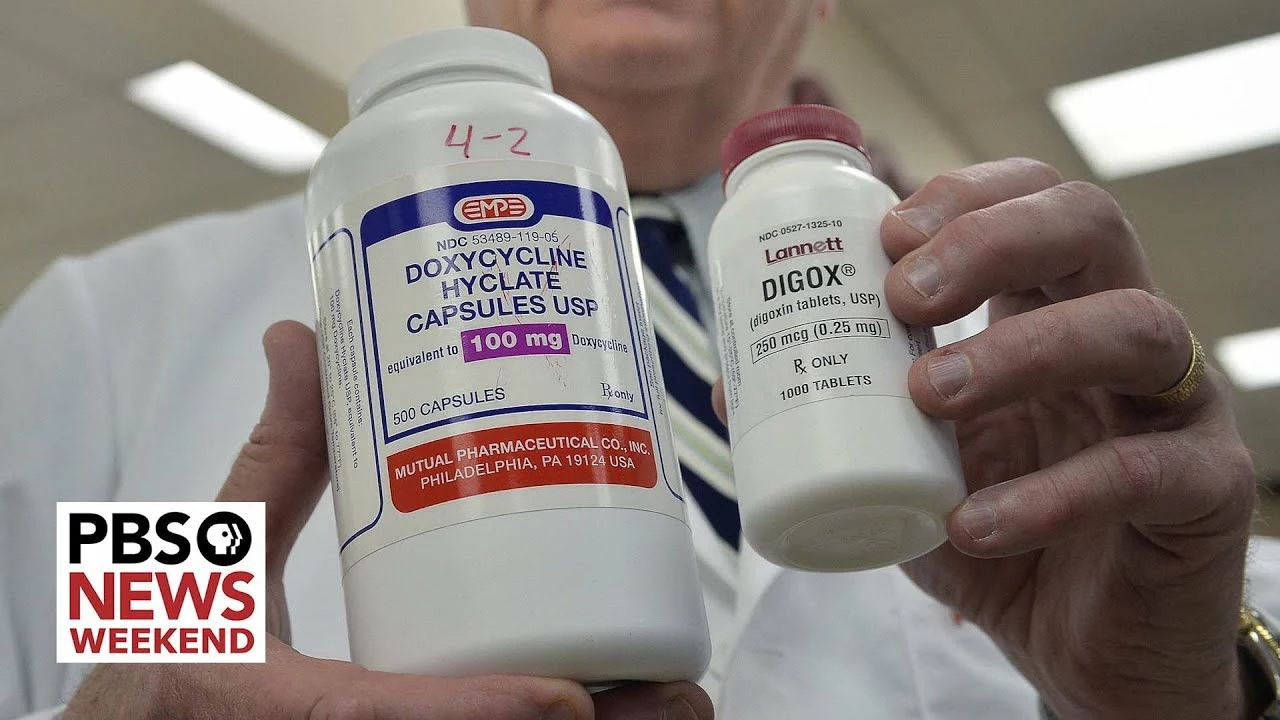Cholesterol matters more than headlines make it sound.
You need clear steps, not panic. This guide tells you what numbers mean, simple diet moves, lifestyle habits that work, and when medicines are the right call.
Bad cholesterol (LDL) raises risk for heart attack and stroke. Good cholesterol (HDL) helps clear arteries. Triglycerides are another number doctors check. A typical healthy target: LDL under 100 mg/dL, HDL above 40 mg/dL for men and 50 mg/dL for women, triglycerides under 150 mg/dL. Your doctor may set different targets based on age and other risks.
Start with testing. Ask for a fasting lipid panel or a nonfasting test if clinic prefers. Repeat checks every year or as your doctor advises. If numbers creep up, change habits now rather than waiting.
Food changes that actually help: cut refined carbs and sugary drinks, swap fried snacks for nuts or plain yogurt, choose olive oil over butter, and eat fatty fish twice a week for omega-3s. Add a daily portion of oats or barley — soluble fiber lowers LDL. Small changes add up: swapping one sugary drink per day for water can improve numbers over months.
Move more. Aim for 30 minutes of moderate activity most days. Walking, cycling, or swimming all work. Exercise raises HDL and helps drop triglycerides. If you’re short on time, try three 10-minute brisk walks.
If lifestyle tweaks aren’t enough, medications may be needed. Statins are the most common and reduce heart risk a lot. Fibrates help triglycerides, and newer drugs like PCSK9 inhibitors are options for high-risk people. Always talk to your doctor about side effects and which drug fits you.
Watch for red flags. Sudden chest pain, shortness of breath, fainting, or unexplained swelling need immediate care. For long term, note muscle pain that starts after a statin — tell your doctor. Also avoid abrupt stopping of prescribed heart medicines without guidance.
Be smart about costs. Compare pharmacy prices, use manufacturer coupons when available, and ask your provider about generic options. If you shop online, pick pharmacies with good reviews and clear contact info. Never buy prescription drugs without a valid prescription.
Kids and cholesterol: family history matters. Kids with obese parents or early heart disease in family should get screened earlier. Simple habits taught young — fruits, active play, less screen time — pay off for a lifetime.
Make a plan with your doctor. Set a target number, pick one food to change this week, schedule an exercise habit, and plan when to recheck labs. Small consistent steps beat big one-time fixes. You don’t need perfection, just steady progress.
If you’re buying cholesterol meds, ask about pill splitting, patient assistance programs, and local discount cards. Some clinics offer samples you can try first. Keep a list of your medicines and report any side effects fast. Track your blood pressure and weight along with cholesterol to see the full picture. Small records help your doctor fine tune treatment and keep costs lower. Start with one change this week and build from there today.
